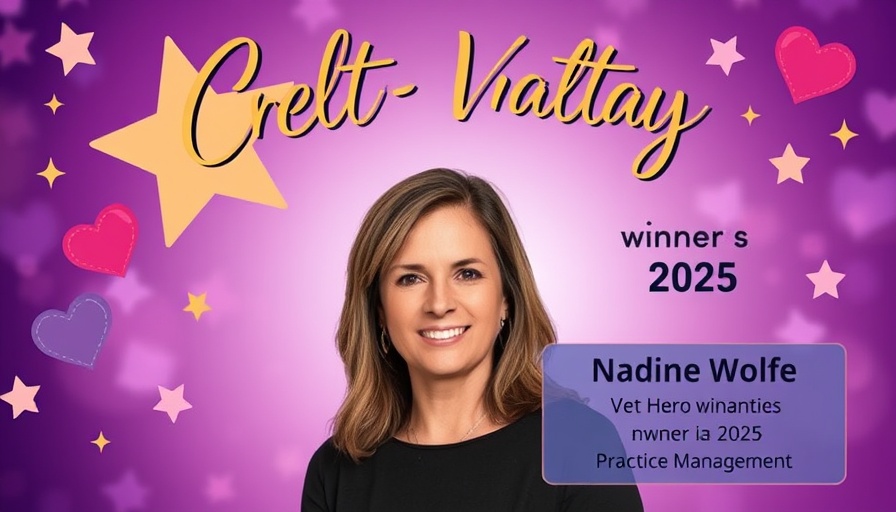
The Intersection of Riding Style and Leadership
Riding a motorcycle is more than just a mode of transportation; it’s a window into one's personality and leadership approach, especially within the dynamic world of veterinary clinic management. Recent observations from a motorcycle adventure taken by members of the Entrepreneurs’ Organization have highlighted the correlation between riding styles and leadership types. Understanding this connection can empower veterinary practitioners and business owners to improve their approach to leadership and client interaction.
Motorcycle Archetypes: Reflecting Leadership Styles
After hosting a motorcycle adventure across Morocco, the insights drawn from the varied riding styles reveal important leadership characteristics that can influence success in veterinary practice. Each motorcycle archetype embodies different strengths and weaknesses:
The Enthusiast: This rider, full of stories and passion, represents individuals who often have a grand vision but struggle with execution. Their excitement often overshadows their technical skills, akin to a vet excitedly pitching a new service but lacking the steps needed to implement it. If you find yourself spending more time developing ideas than executing them, consider refining your focus and putting those plans into action.
The Silent Ninja: They embody grace under pressure, making smooth maneuvers without drawing attention. This style typically leads to silent yet impactful leadership. For veterinary practitioners, the Silent Ninja approach reflects the importance of humility and competence — stepping back to listen and observe while executing tasks with accuracy. These leaders often garner respect without needing to dominate the conversation, a crucial trait in both client relationships and team dynamics.
Building Connection Through Riding
Riding with fellow enthusiasts allows for deeper social connections, echoing the importance of teamwork and collaboration in veterinary clinics. Just as motorcyclists know when to lead or follow, effective leaders in veterinary practices need to recognize the strengths of their team members. This balance promotes a supportive environment where everyone can shine, enhancing clinic operations.
Anecdotes from the Road: Learning from Experiences
Real-life experiences shared during motorcycle rides reveal the beauty of sharing lessons learned through both challenges and triumphs. These stories foster connection among practitioners. As they combat common challenges in their clinics — be it client retention or staff management — learning to share experiences creates a valuable support network among leaders. Practitioners can enhance their communication skills by discovering how to convey their stories effectively, thus improving client relationships.
Leadership Styles that Attract Clients
The leadership traits derived from motorcycle riding styles can significantly influence how veterinary clinics attract and retain clients. For instance, a practice led by an Enthusiast might attract families looking for enthusiasm and energy, while the Silent Ninja might draw in clients who prefer a calm and composed environment. Recognizing the client profiles corresponding to these leadership styles can guide clinics in tailoring their marketing and service delivery. Understanding these connections can position clinic owners to develop strategies that resonate with their desired clientele.
Conclusion: Riding Towards Better Leadership
By reflecting on one’s riding style, veterinary practitioners can discover deeper insights about their leadership behavior, ultimately enhancing their practice's success. Whether you identify with the Enthusiast or the Silent Ninja, embracing your style while learning from others can lead to a richer, more effective approach to leadership. As you take the knowledge gleaned from your own experiences and those of your peers, you’ll find that both your practice and its community can thrive.
Ready to shift gears in your leadership journey? Join a local veterinary group or workshop to exchange insights and experiences as you refine your approach to business and client relationships.
 Add Row
Add Row  Add
Add 




Write A Comment